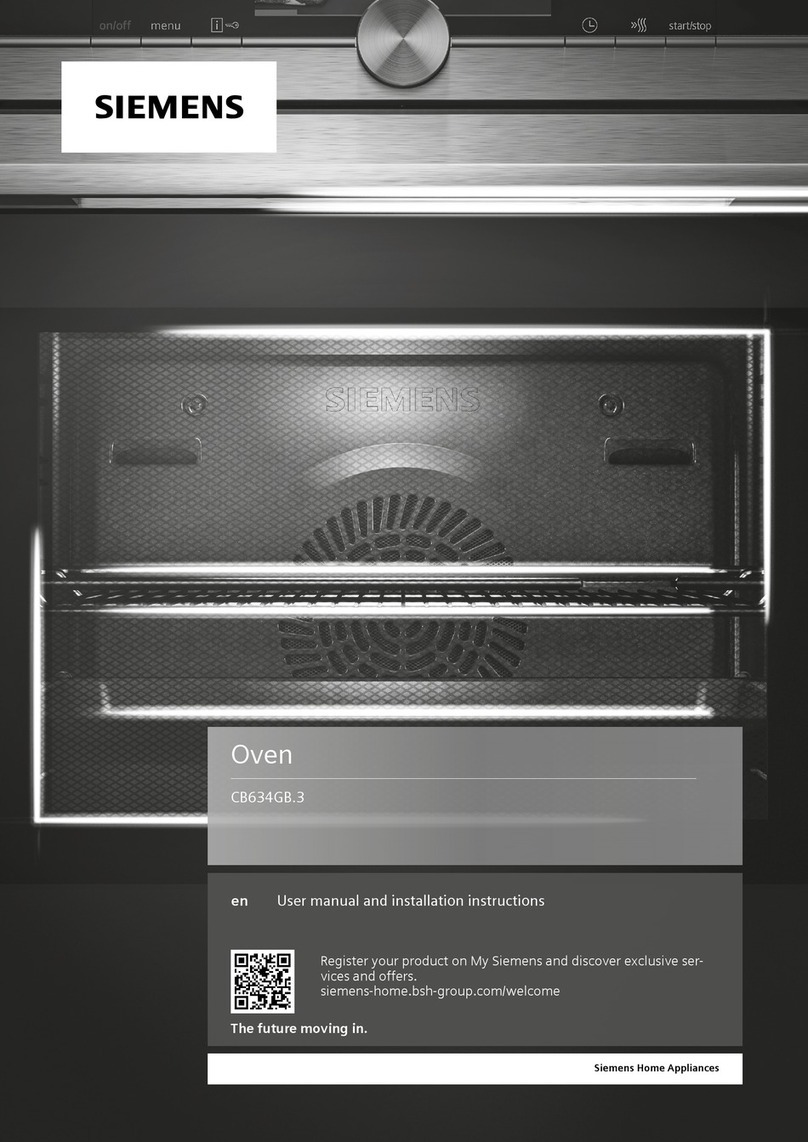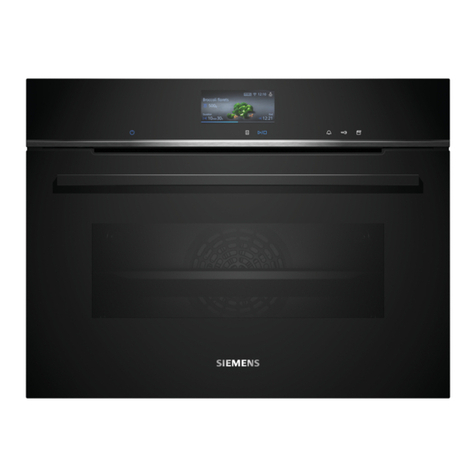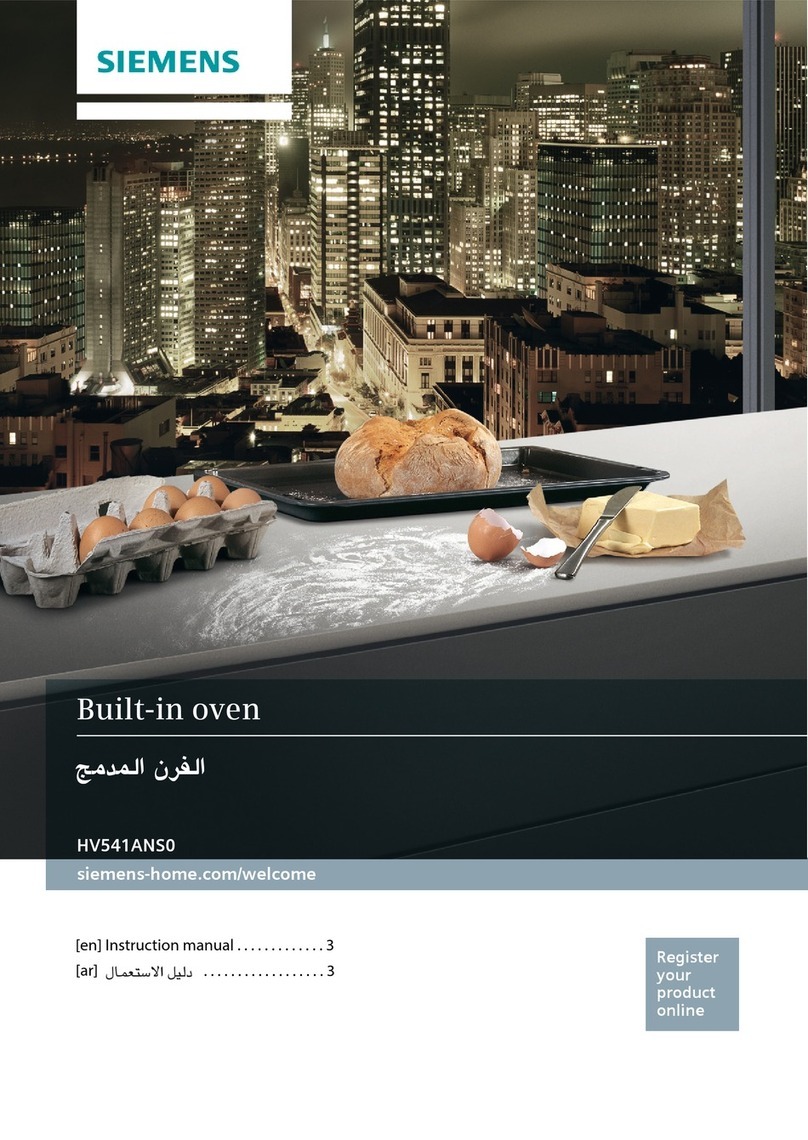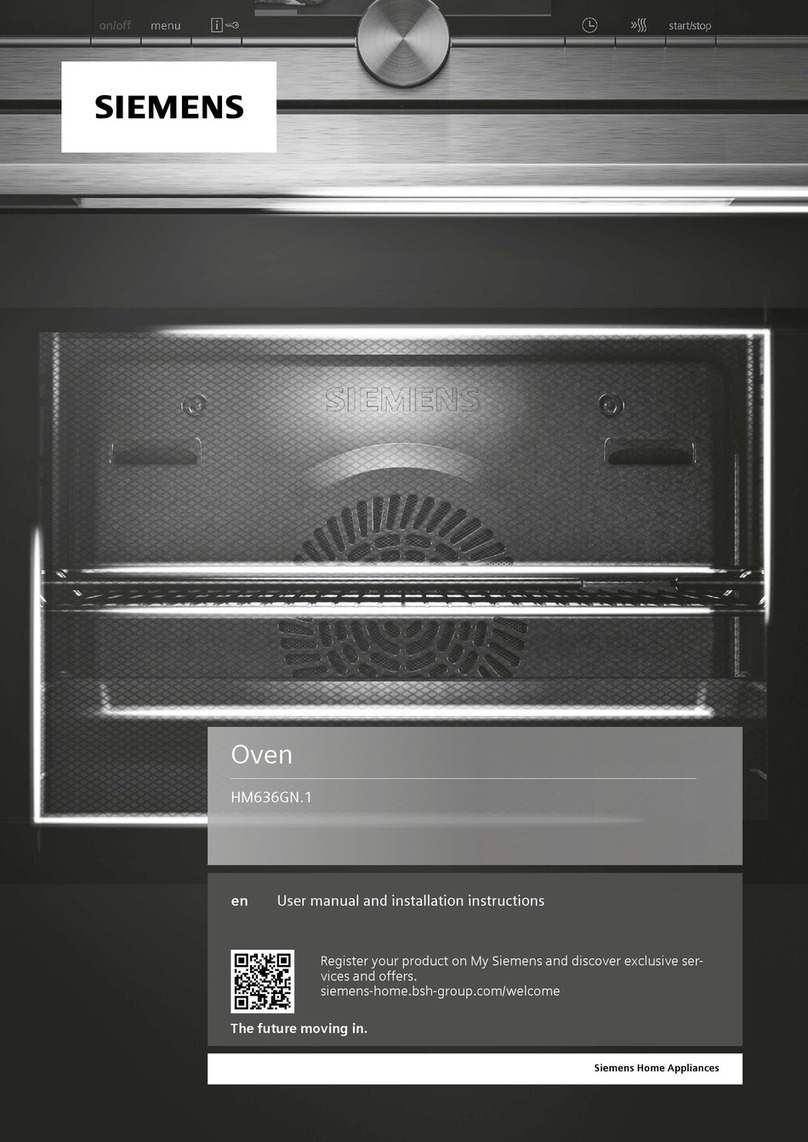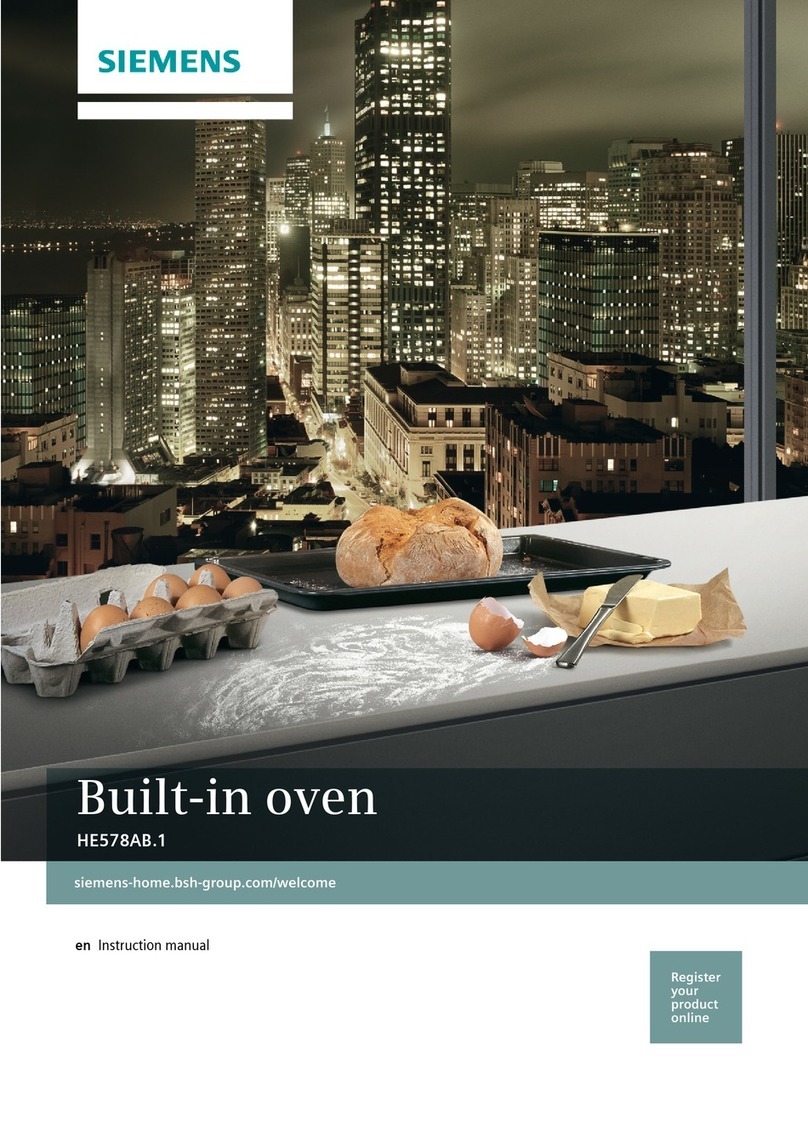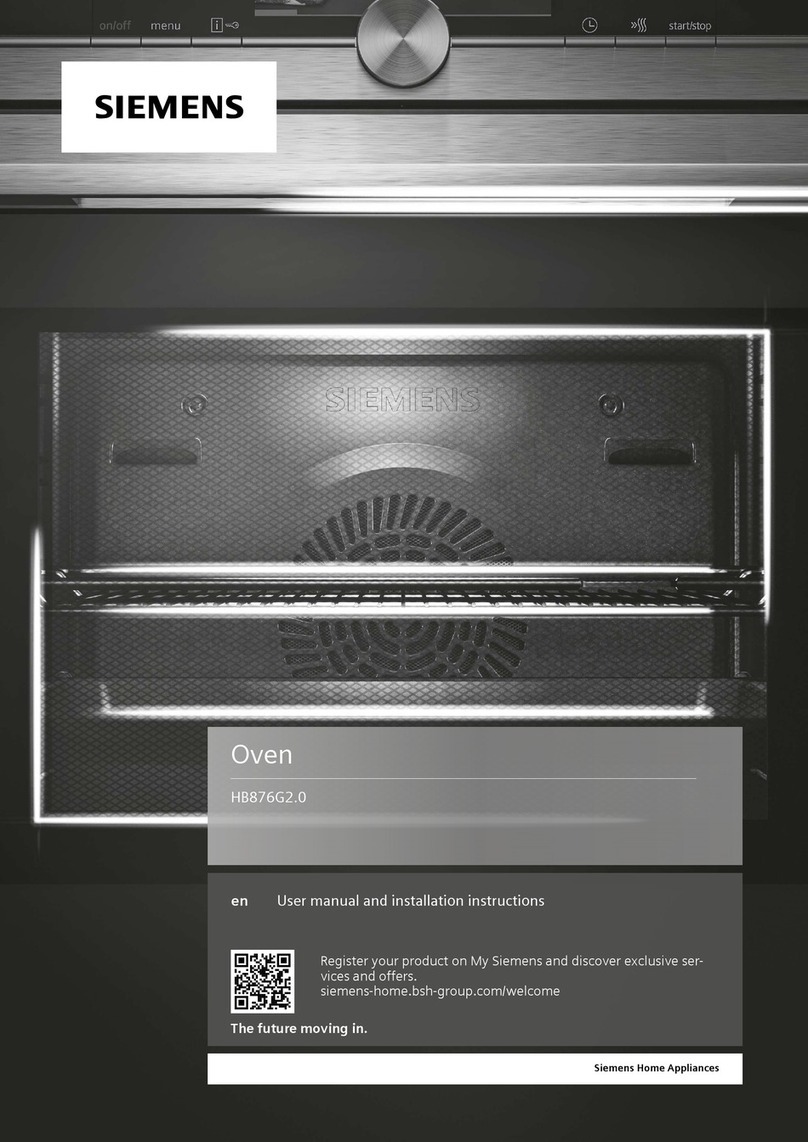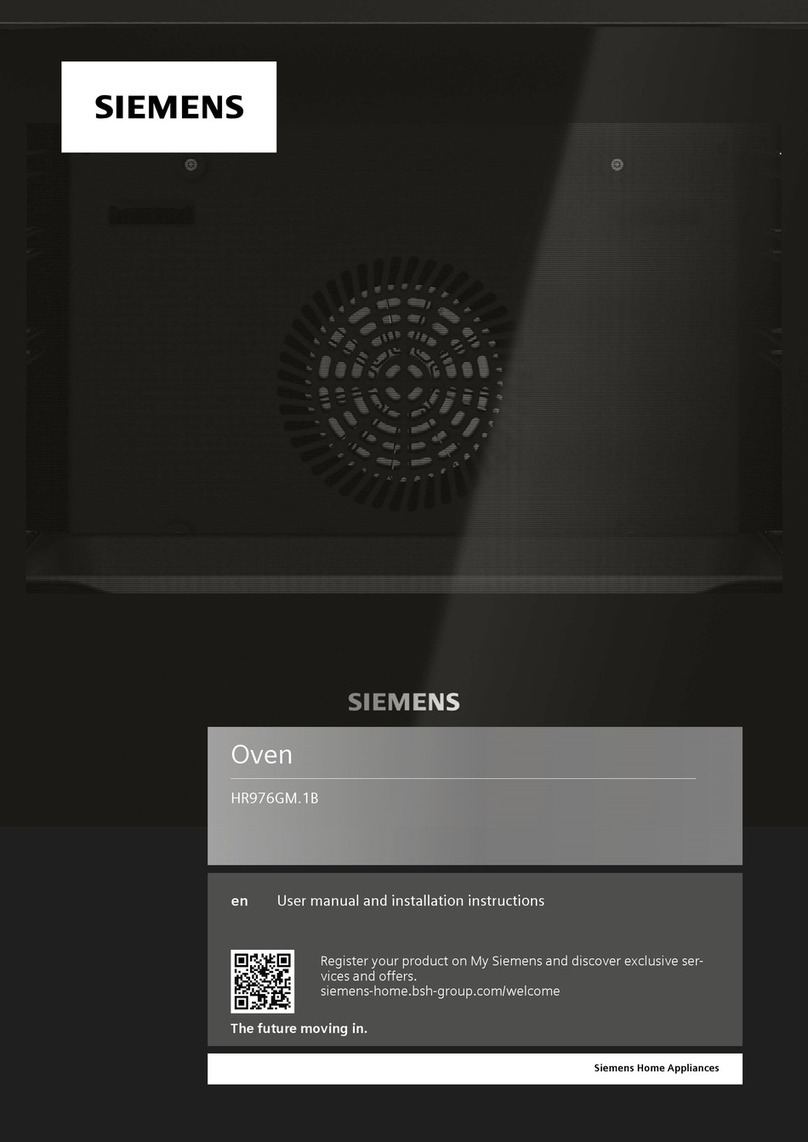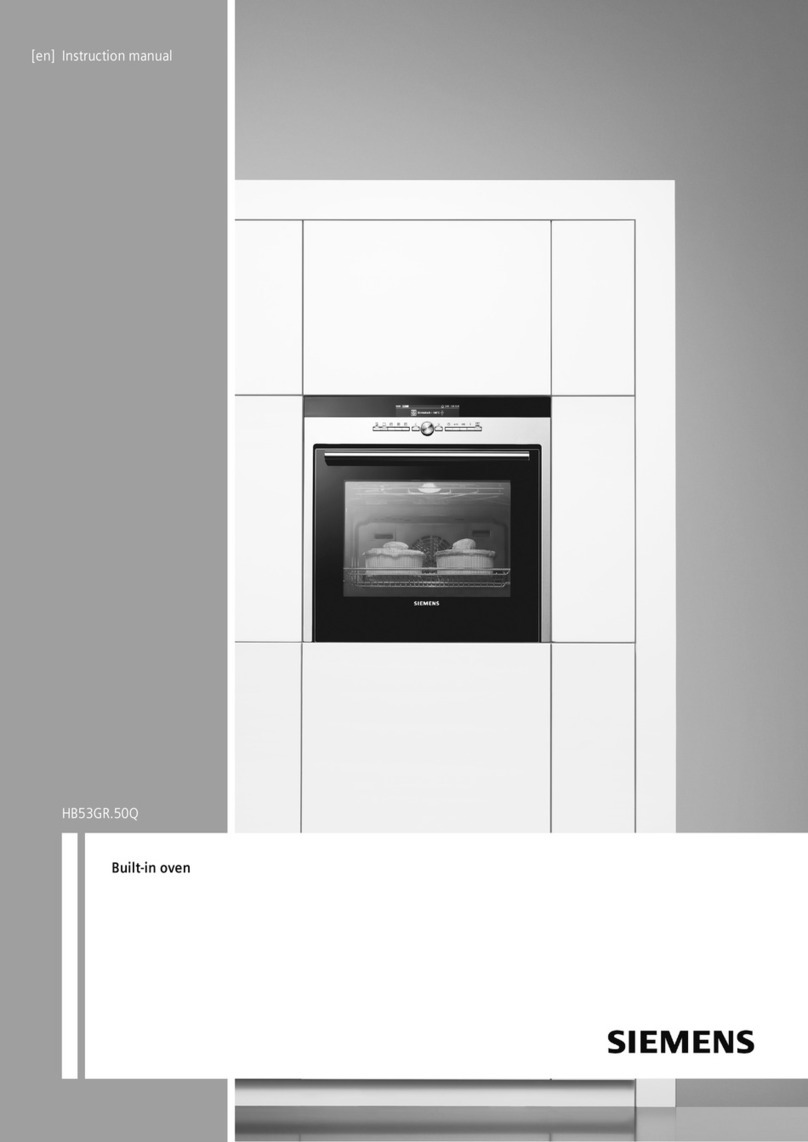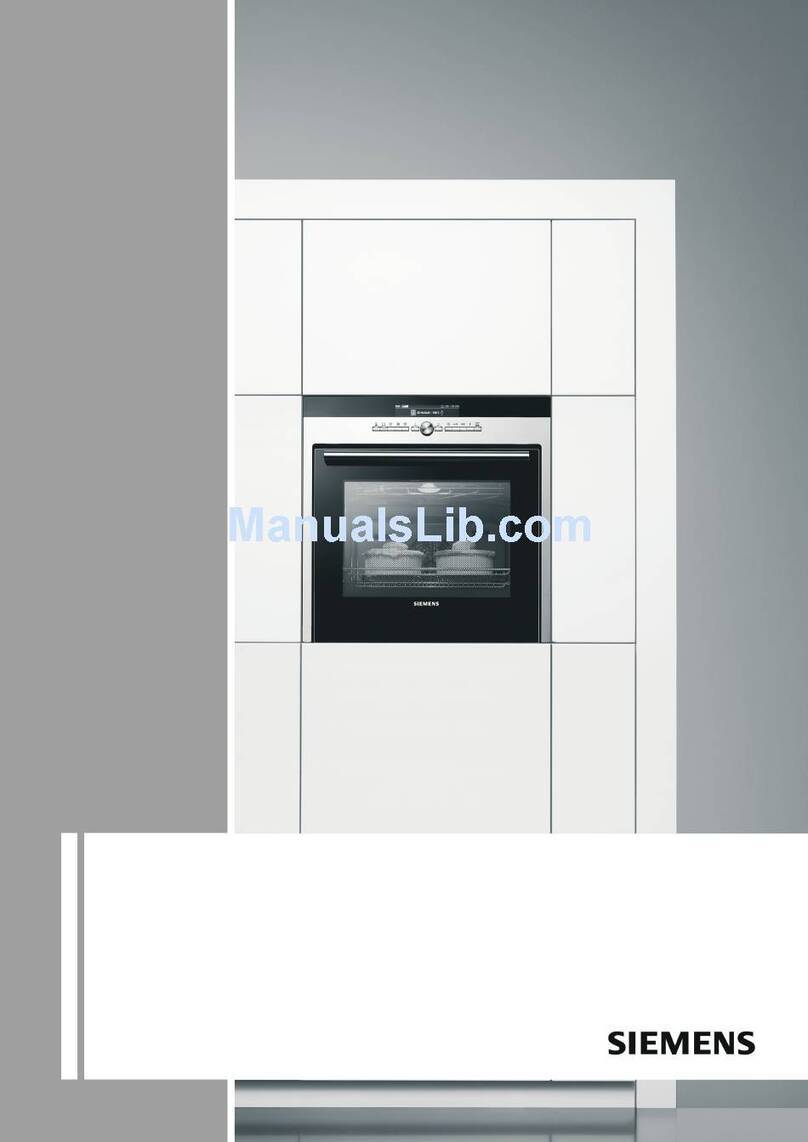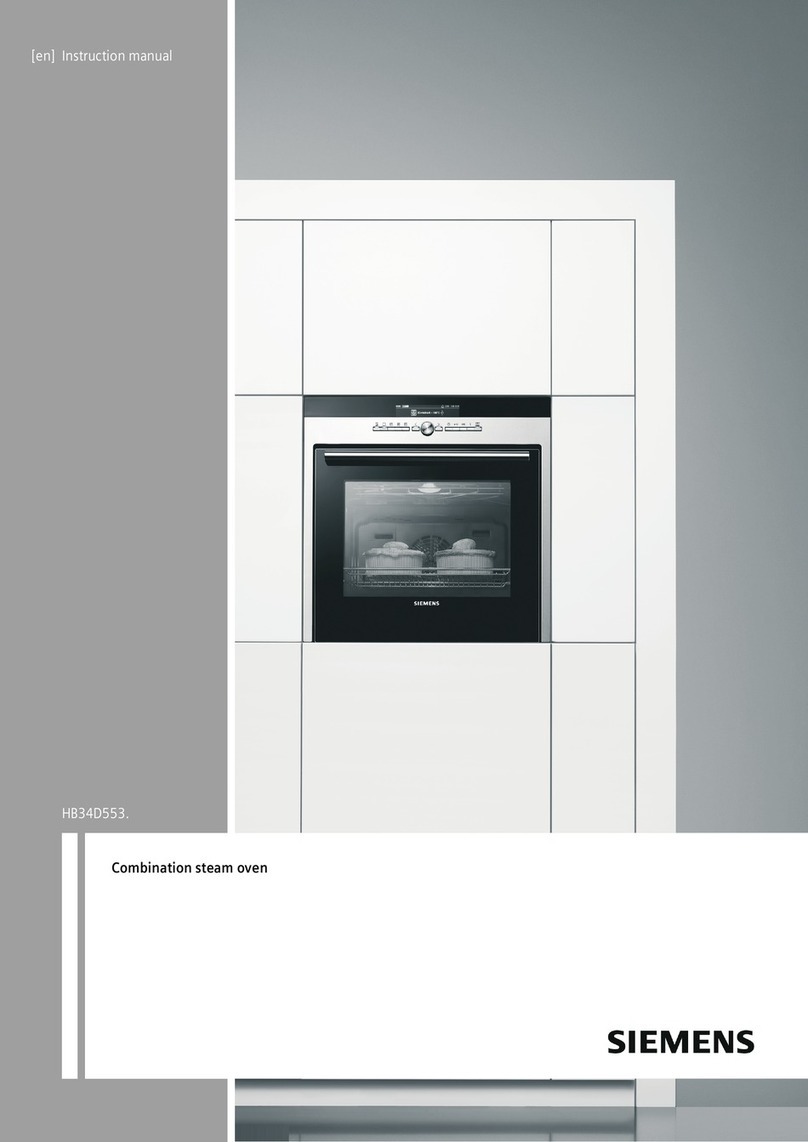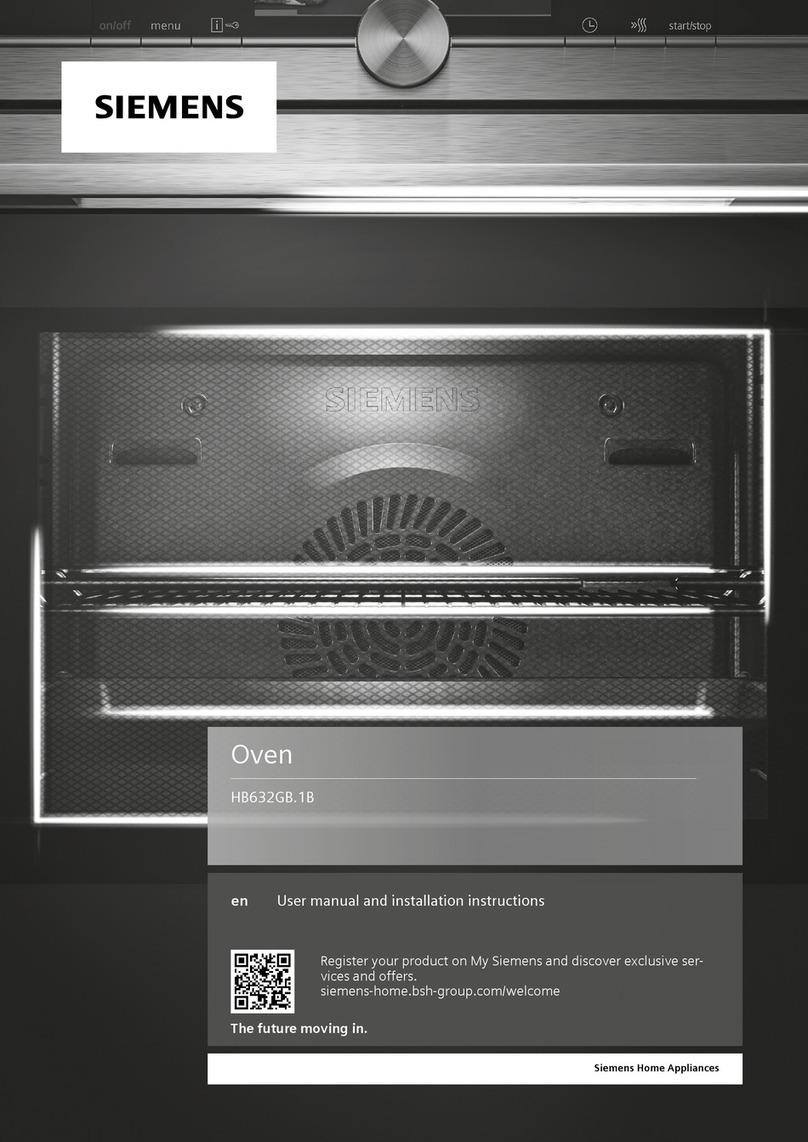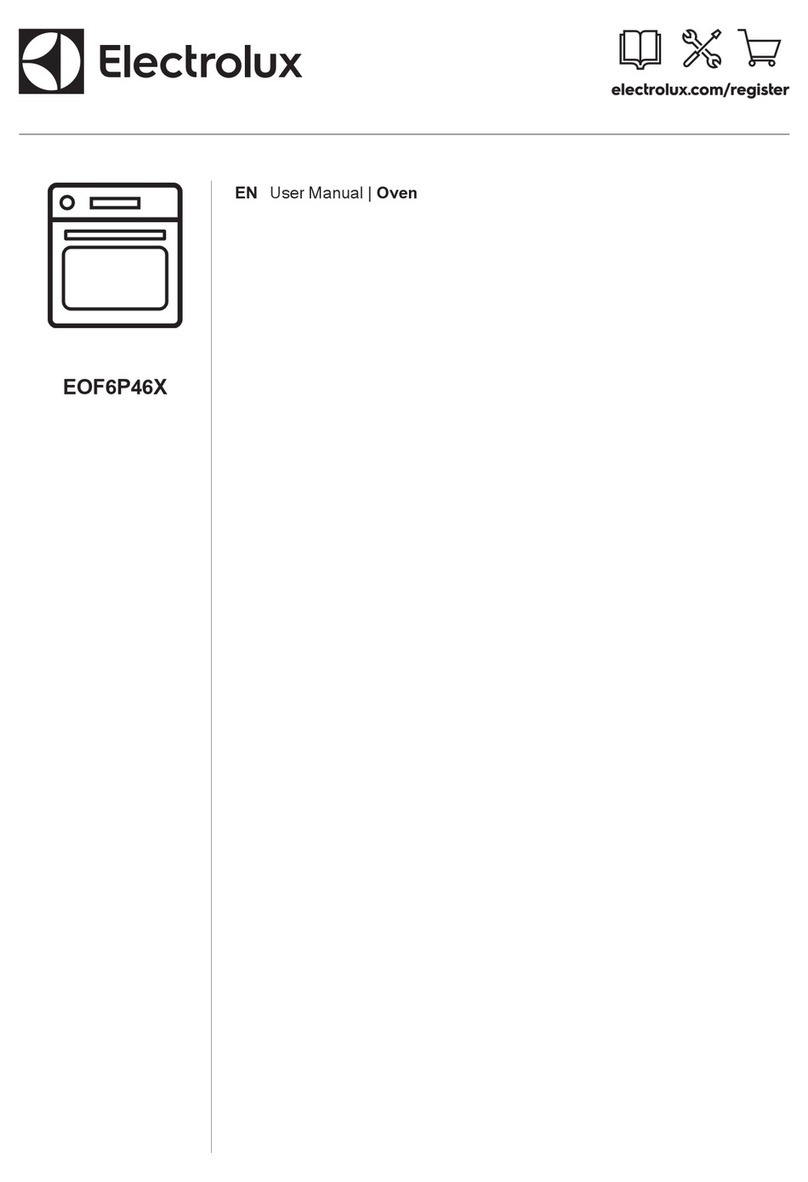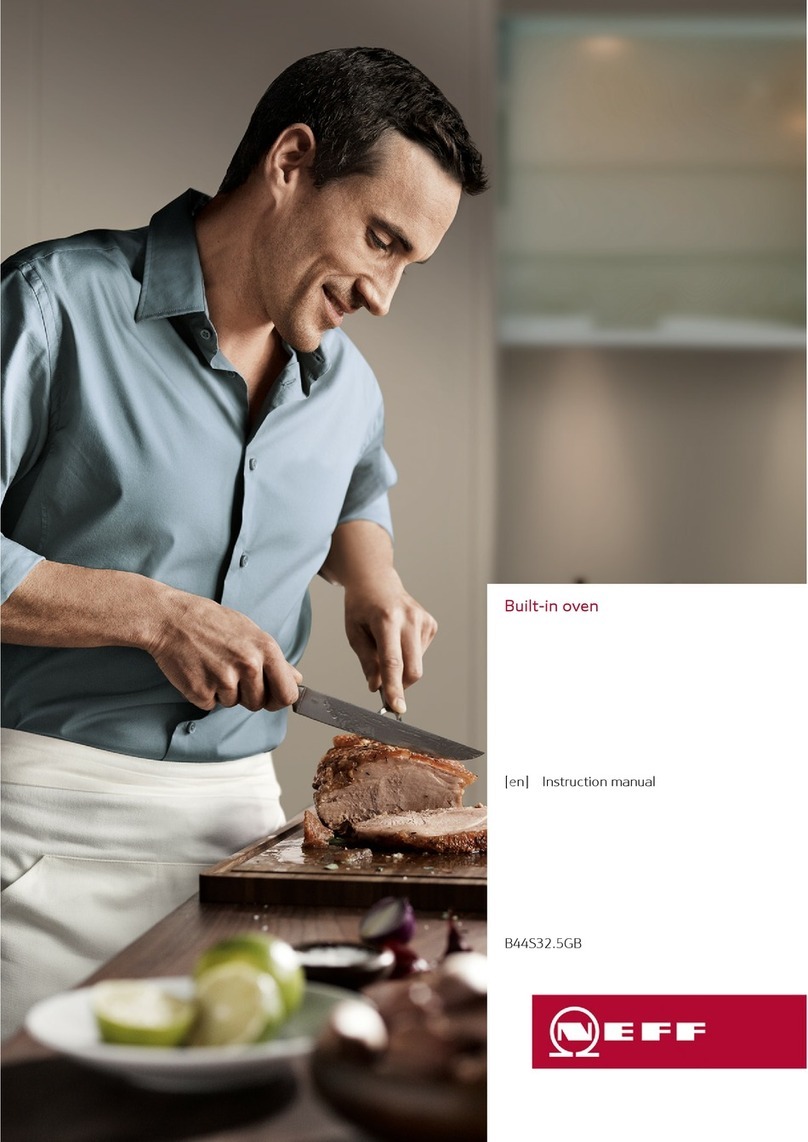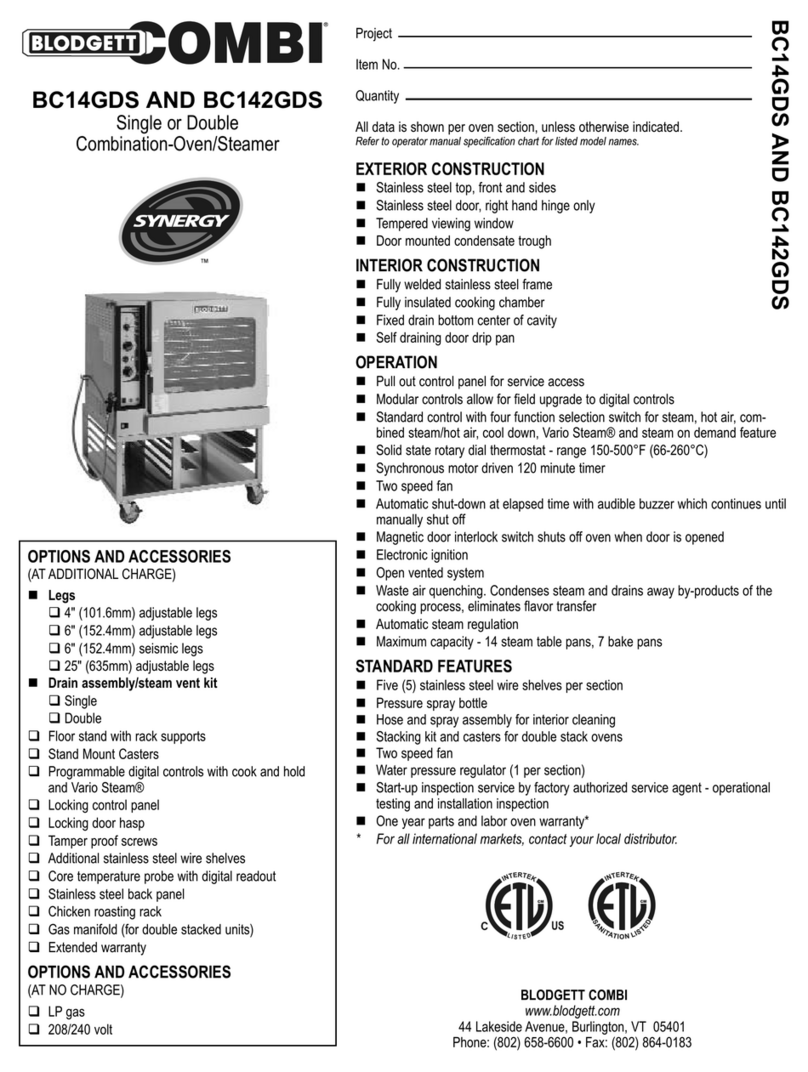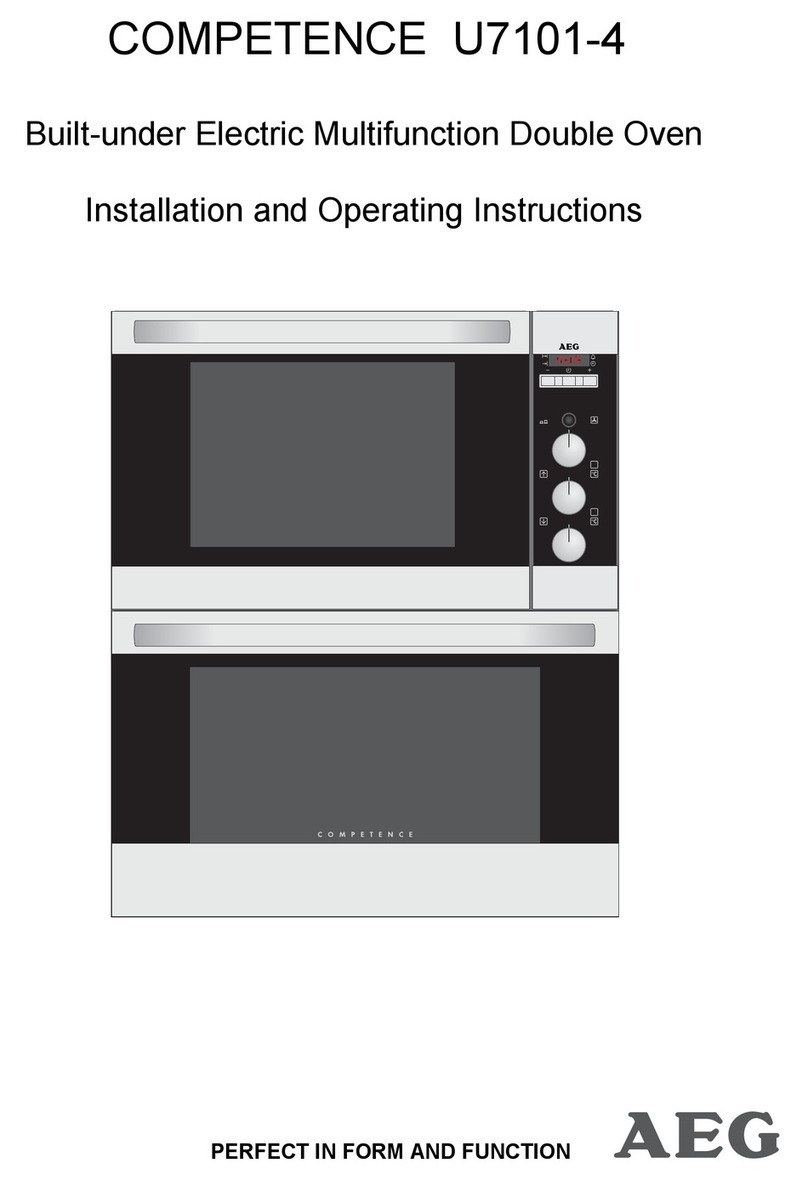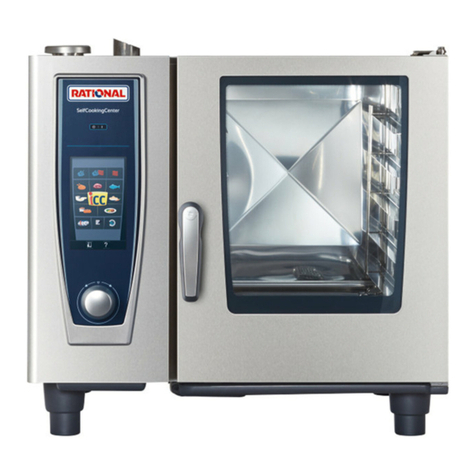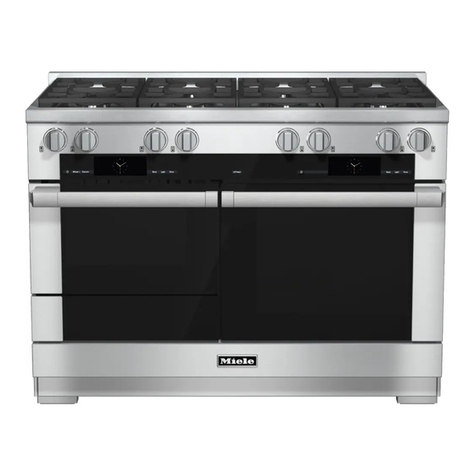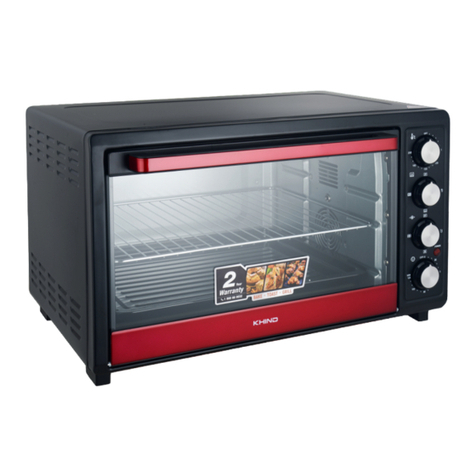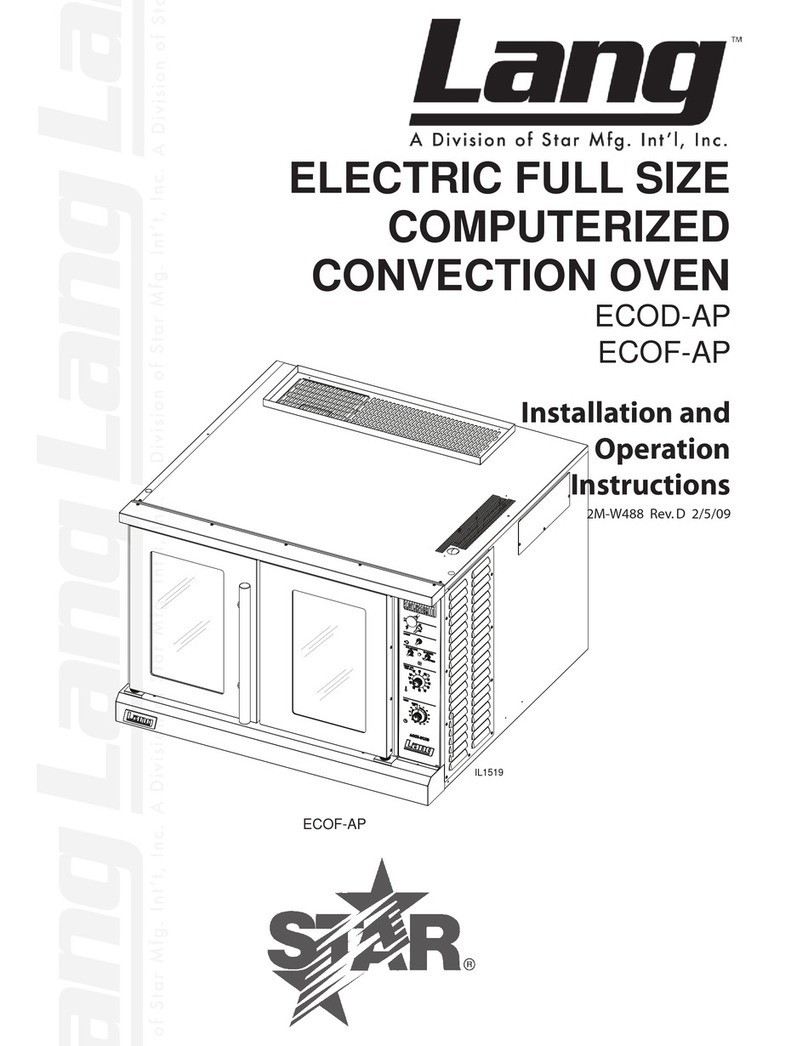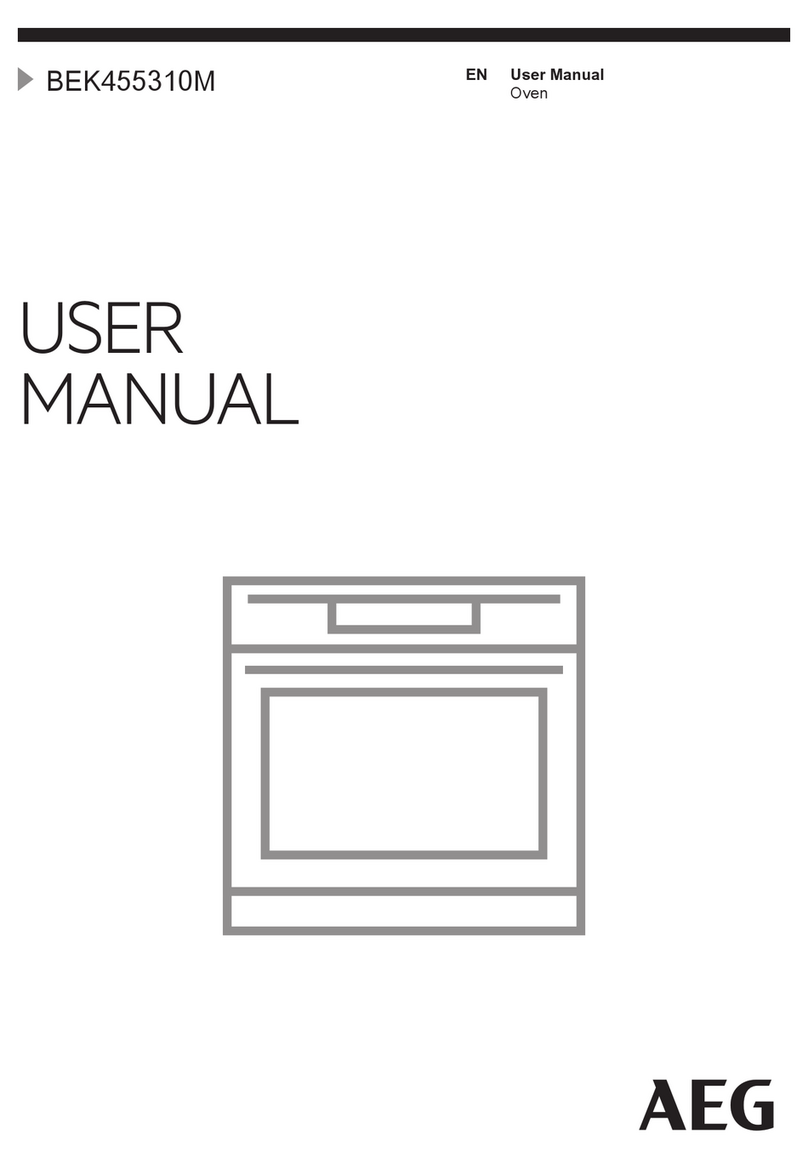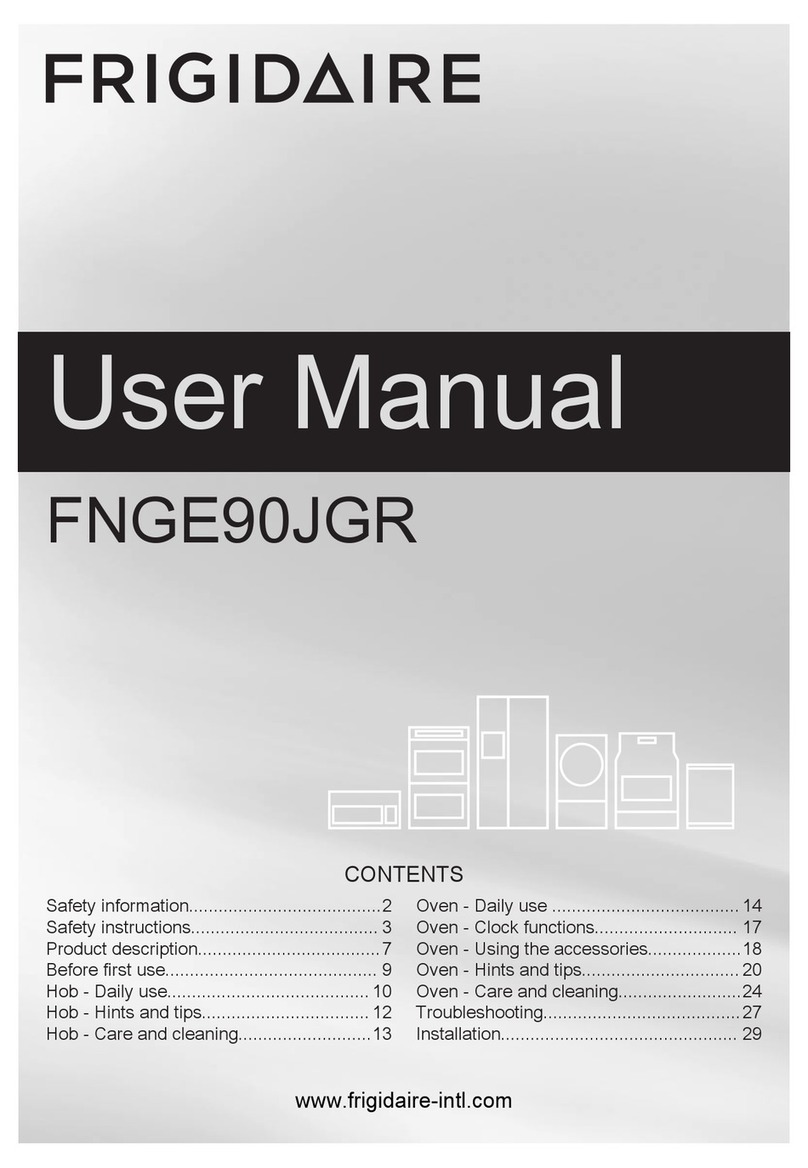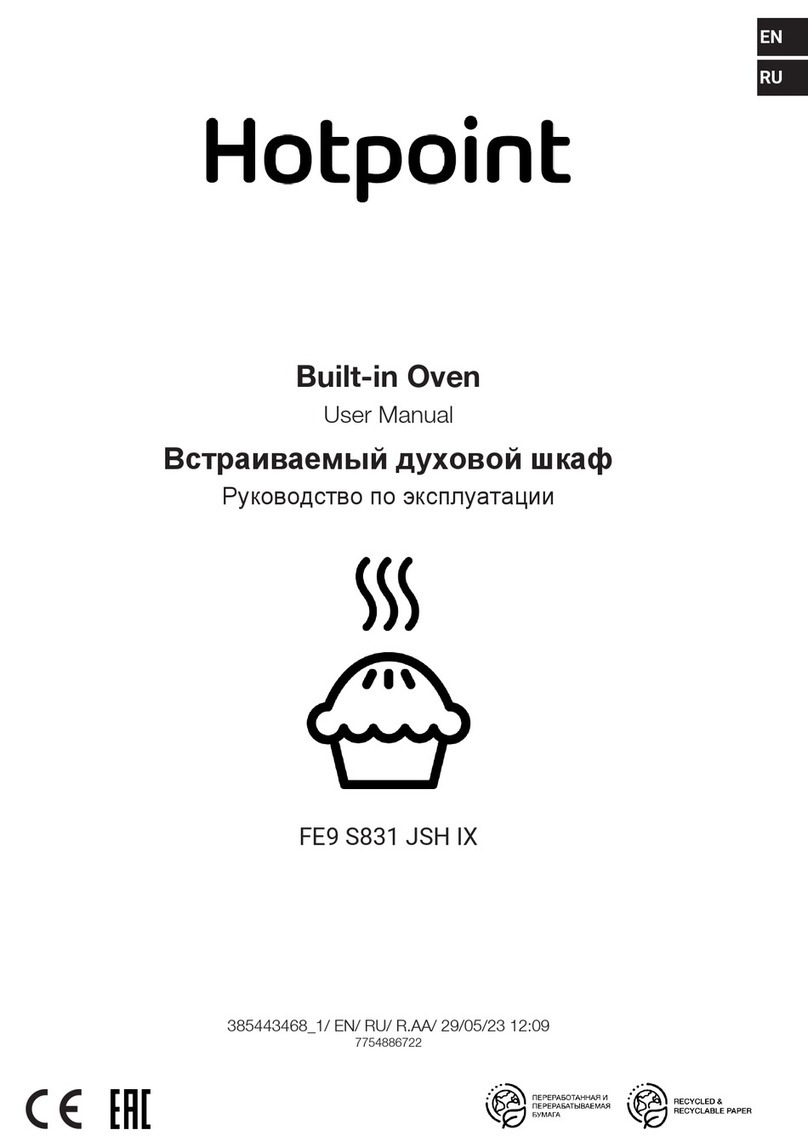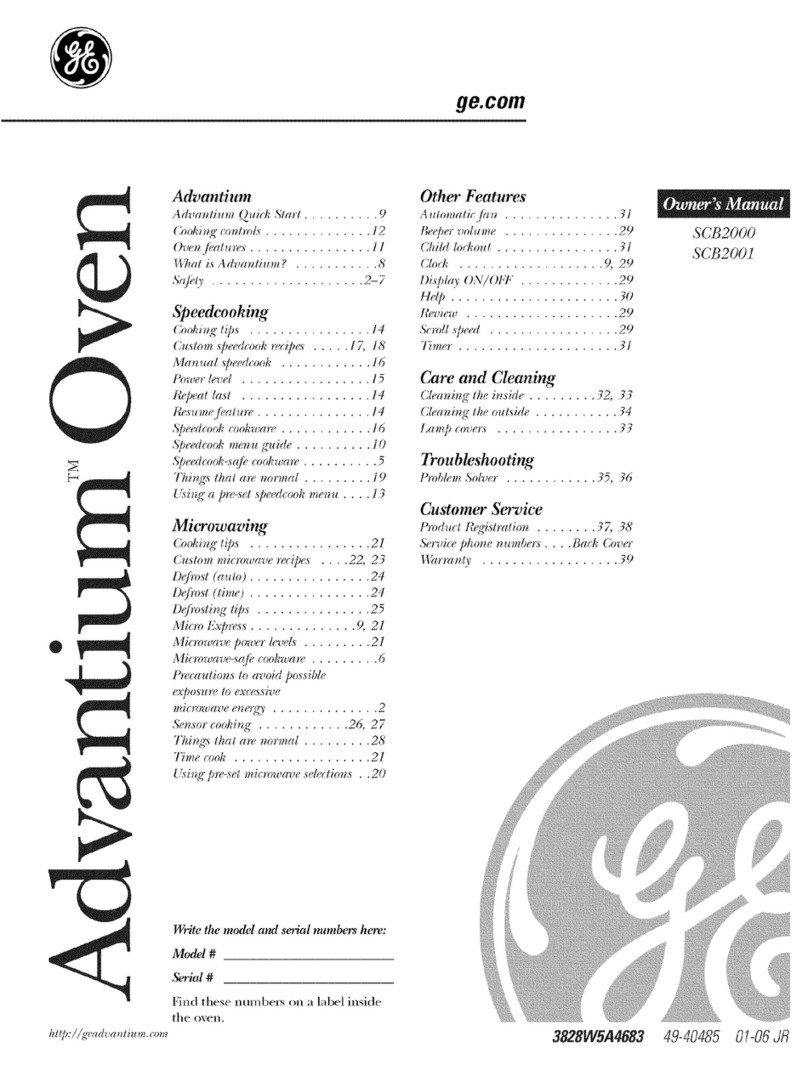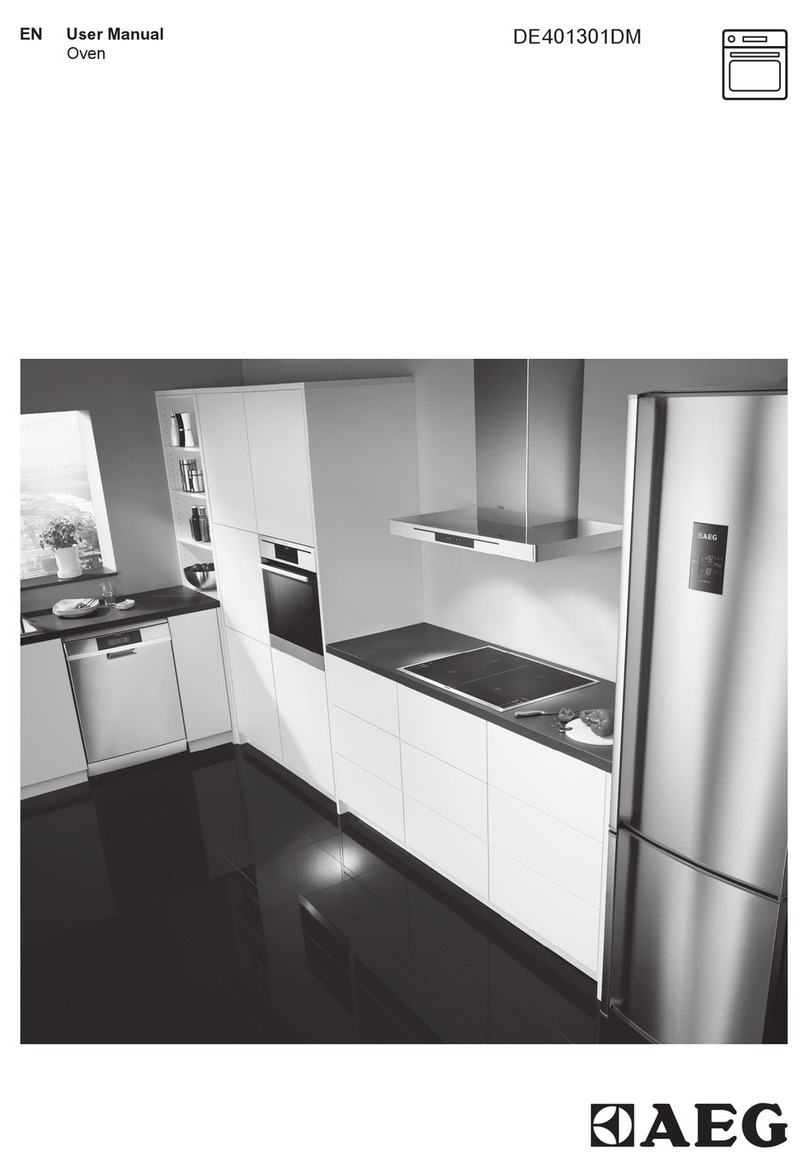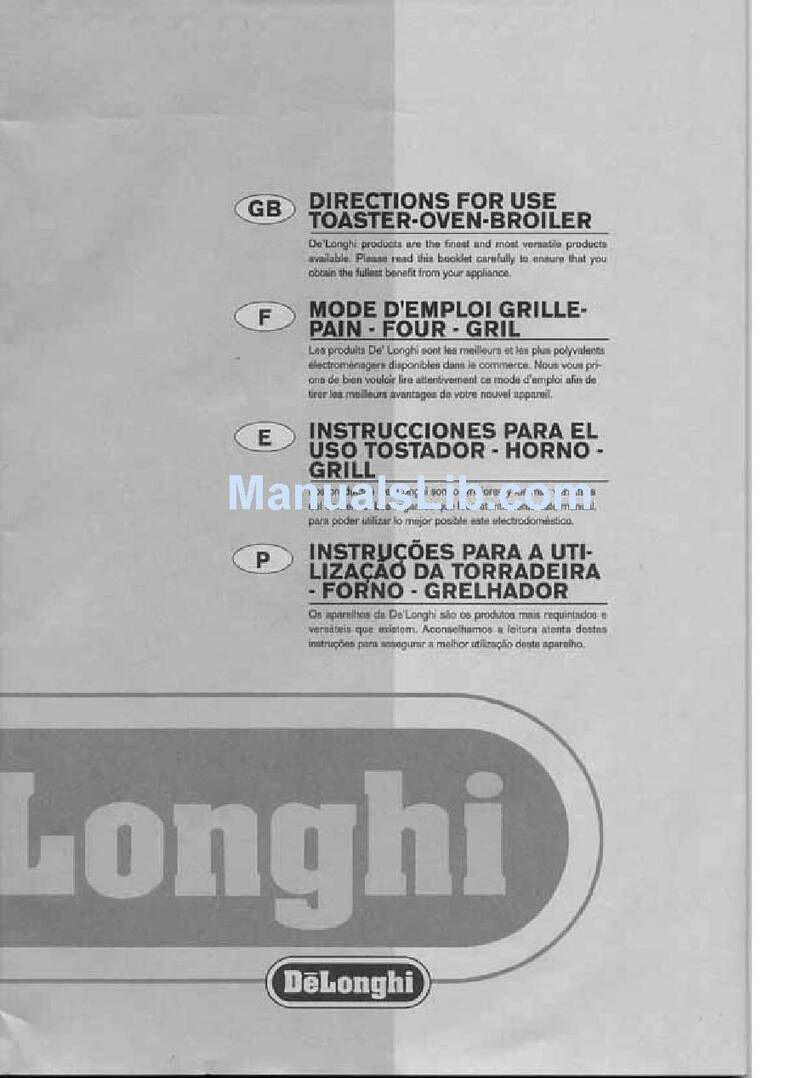
en
3
Table of contents
enI nst r uct i on manual
8Intended use . . . . . . . . . . . . . . . . . . . . . . . . . . . . . 4
(Important safety information . . . . . . . . . . . . . . . 5
General information . . . . . . . . . . . . . . . . . . . . . . . . . . . 5
Steam. . . . . . . . . . . . . . . . . . . . . . . . . . . . . . . . . . . . . . 6
Meat thermometer . . . . . . . . . . . . . . . . . . . . . . . . . . . . 6
Cleaning function . . . . . . . . . . . . . . . . . . . . . . . . . . . . . 6
]Causes of damage . . . . . . . . . . . . . . . . . . . . . . . . 6
General information . . . . . . . . . . . . . . . . . . . . . . . . . . . 6
Steam. . . . . . . . . . . . . . . . . . . . . . . . . . . . . . . . . . . . . . 7
7Environmental protection . . . . . . . . . . . . . . . . . . 7
Saving energy . . . . . . . . . . . . . . . . . . . . . . . . . . . . . . . 7
Environmentally-friendly disposal . . . . . . . . . . . . . . . . . 8
*Getting to know your appliance . . . . . . . . . . . . . 9
Control panel . . . . . . . . . . . . . . . . . . . . . . . . . . . . . . . . 9
Controls . . . . . . . . . . . . . . . . . . . . . . . . . . . . . . . . . . . . 9
Display . . . . . . . . . . . . . . . . . . . . . . . . . . . . . . . . . . . . . 9
Operating modes menu . . . . . . . . . . . . . . . . . . . . . . . 10
Types of heating. . . . . . . . . . . . . . . . . . . . . . . . . . . . . 10
Steam. . . . . . . . . . . . . . . . . . . . . . . . . . . . . . . . . . . . . 11
Further information . . . . . . . . . . . . . . . . . . . . . . . . . . . 11
Cooking compartment functions . . . . . . . . . . . . . . . . 12
Water tank . . . . . . . . . . . . . . . . . . . . . . . . . . . . . . . . . 12
_Accessories . . . . . . . . . . . . . . . . . . . . . . . . . . . . 12
Accessories included . . . . . . . . . . . . . . . . . . . . . . . . . 12
Inserting accessories . . . . . . . . . . . . . . . . . . . . . . . . . 13
Optional accessories . . . . . . . . . . . . . . . . . . . . . . . . . 14
KBefore using for the first time. . . . . . . . . . . . . . 15
Before using for the first time . . . . . . . . . . . . . . . . . . . 15
Initial use . . . . . . . . . . . . . . . . . . . . . . . . . . . . . . . . . . 15
Calibrating the appliance and cleaning the cooking
compartment . . . . . . . . . . . . . . . . . . . . . . . . . . . . . . . 15
Cleaning the accessories. . . . . . . . . . . . . . . . . . . . . . 16
1Operating the appliance . . . . . . . . . . . . . . . . . . 16
Switching the appliance on and off . . . . . . . . . . . . . . 16
Starting or interrupting operation . . . . . . . . . . . . . . . . 16
Selecting an operating mode . . . . . . . . . . . . . . . . . . . 17
Setting the type of heating and temperature . . . . . . . 17
Rapid heat up . . . . . . . . . . . . . . . . . . . . . . . . . . . . . . 17
`Steam . . . . . . . . . . . . . . . . . . . . . . . . . . . . . . . . . 18
Noise . . . . . . . . . . . . . . . . . . . . . . . . . . . . . . . . . . . . . 18
FullSteam – Steam cooking . . . . . . . . . . . . . . . . . . . . 18
Steam-assisted cooking . . . . . . . . . . . . . . . . . . . . . . . 18
Reheating. . . . . . . . . . . . . . . . . . . . . . . . . . . . . . . . . . 19
Prove dough. . . . . . . . . . . . . . . . . . . . . . . . . . . . . . . . 19
Defrosting. . . . . . . . . . . . . . . . . . . . . . . . . . . . . . . . . . 19
Filling the water tank . . . . . . . . . . . . . . . . . . . . . . . . . 19
After every steam operation . . . . . . . . . . . . . . . . . . . . 20
OTime-setting options . . . . . . . . . . . . . . . . . . . . . 22
Timer . . . . . . . . . . . . . . . . . . . . . . . . . . . . . . . . . . . . .22
Cooking time . . . . . . . . . . . . . . . . . . . . . . . . . . . . . . .22
End time . . . . . . . . . . . . . . . . . . . . . . . . . . . . . . . . . . .22
AChildproof lock. . . . . . . . . . . . . . . . . . . . . . . . . . 23
Activating and deactivating. . . . . . . . . . . . . . . . . . . . .23
QBasic settings. . . . . . . . . . . . . . . . . . . . . . . . . . . 24
Changing settings. . . . . . . . . . . . . . . . . . . . . . . . . . . .24
List of settings . . . . . . . . . . . . . . . . . . . . . . . . . . . . . .24
Changing the time . . . . . . . . . . . . . . . . . . . . . . . . . . .24
FSabbath mode . . . . . . . . . . . . . . . . . . . . . . . . . . 25
Starting Sabbath mode. . . . . . . . . . . . . . . . . . . . . . . .25
@Meat thermometer . . . . . . . . . . . . . . . . . . . . . . . 25
Types of heating . . . . . . . . . . . . . . . . . . . . . . . . . . . . .25
Inserting the meat probe into the food . . . . . . . . . . . .25
Setting the core temperature . . . . . . . . . . . . . . . . . . .26
Core temperatures of different foods . . . . . . . . . . . . .27
.Cleaning function. . . . . . . . . . . . . . . . . . . . . . . . 27
Cleaning function . . . . . . . . . . . . . . . . . . . . . . . . . . . .27
Descaling . . . . . . . . . . . . . . . . . . . . . . . . . . . . . . . . . .28
DCleaning agent . . . . . . . . . . . . . . . . . . . . . . . . . . 29
Suitable cleaning agents . . . . . . . . . . . . . . . . . . . . . .29
Surfaces in the cooking compartment . . . . . . . . . . . .30
Keeping the appliance clean . . . . . . . . . . . . . . . . . . .31
pRails. . . . . . . . . . . . . . . . . . . . . . . . . . . . . . . . . . . 31
Detaching and refitting the rails . . . . . . . . . . . . . . . . .31
qAppliance door . . . . . . . . . . . . . . . . . . . . . . . . . . 32
Removing and fitting the appliance door . . . . . . . . . .32
Removing the door cover . . . . . . . . . . . . . . . . . . . . . .32
Removing and installing the door panels . . . . . . . . . .33
3Trouble shooting . . . . . . . . . . . . . . . . . . . . . . . . 34
Fault table. . . . . . . . . . . . . . . . . . . . . . . . . . . . . . . . . .34
Maximum operating time exceeded . . . . . . . . . . . . . .35
Cooking compartment bulbs . . . . . . . . . . . . . . . . . . .35
4Customer service . . . . . . . . . . . . . . . . . . . . . . . . 36
E number and FD number . . . . . . . . . . . . . . . . . . . . .36
PDishes . . . . . . . . . . . . . . . . . . . . . . . . . . . . . . . . . 36
Information on the settings . . . . . . . . . . . . . . . . . . . . .36
Selecting a dish . . . . . . . . . . . . . . . . . . . . . . . . . . . . .37
Baking sensor . . . . . . . . . . . . . . . . . . . . . . . . . . . . . .37
Applying settings for dishes . . . . . . . . . . . . . . . . . . . .38



